Key Takeaways
Wired dash cameras offer stable recording, while wireless models provide remote access and easier installation.
Wired cameras require professional setup, while wireless cameras are quick and simple to install.
Both cameras improve safety, accountability, and reduce fleet operational costs.
Dash cams record real-time footage for security, legal protection, and accident evidence. Choosing between a wired dash cam and a wireless dash cam depends on installation, power source, video quality, and usability. Wired dash cams connect directly to the car’s electrical system, ensuring uninterrupted recording. Wireless dash cams rely on batteries or Wi-Fi, offering portability and cloud connectivity. Each type serves different needs.
There are two types of dashcams available on the market: wired and wireless. Though it could seem overwhelming to choose the best one for your fleet, think of this Comparing Dash Cams: Wired vs. Wireless – YourBestFleet’s Comprehensive Guide as your savior. And here’s an expert tip: when buying a dashcam, pay special attention to how the data is stored. If you want to make an informed choice, finish reading!
This guide will provide a clear comparison of wired and wireless dash cams to help you choose the right option for your vehicle or fleet.
Key Differences Between Wired and Wireless Dash Cam
| Feature | Wired Dash Cam | Wireless Dash Cam |
| Power Source | Direct connection to vehicle | Rechargeable battery/Wi-Fi |
| Installation | Complex, requires wiring | Simple, no wiring needed |
| Reliability | Stable, always on | Depends on battery life and connectivity |
| Video Quality | High (1080p–4K) | Moderate (720p–1080p) |
| Portability | Fixed installation | Easily transferable |
| Parking Mode | Always available | Limited by battery life |
| Storage | Local SD card, hard drive | Cloud storage, SD card |
| Cost | Higher initial cost | Lower upfront cost, but may need cloud subscription |
What Is Wired Dash Cam
A wired dash camera is a vehicle recording device powered through physical connections to the car’s electrical system. It continuously captures video and stores footage on a memory card or internal storage. Installation involves connecting the camera to the vehicle’s fuse box or power outlet. Wired dash cameras offer reliable recording without requiring wireless connectivity.
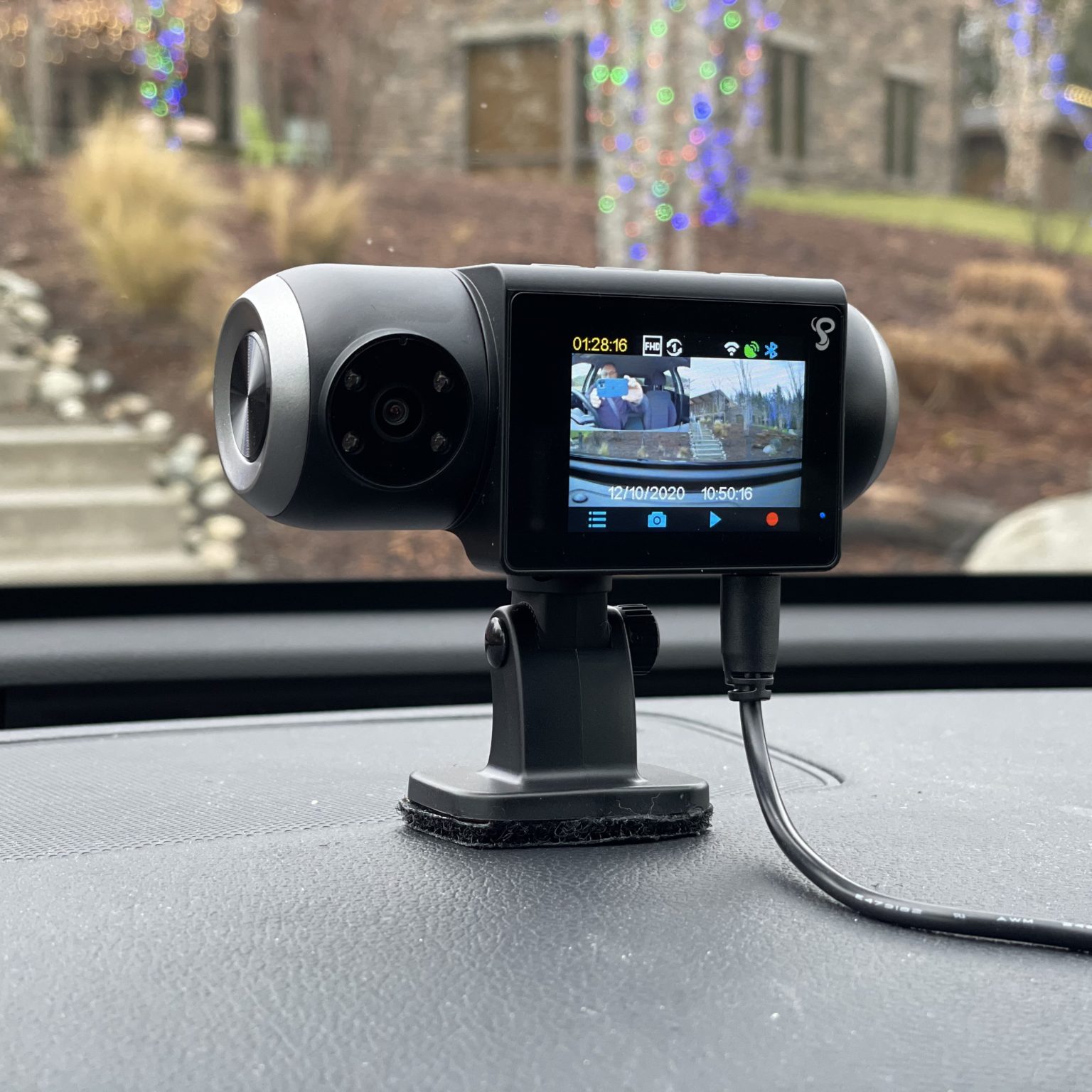
They are ideal for users prioritizing consistency and quality in video footage. While installation may be more complex, they are a dependable choice for both personal and fleet vehicles.
Installation Methods of Wired Dash Cam
There are three common installation methods for wired dash cams:
-
Cigarette Lighter Connection
- The easiest method, simply plugging into the 12V power socket (cigarette lighter port).
- Starts recording when the car is turned on and stops when the ignition is off.
- Does not support parking mode unless connected to an external battery.
-
Hardwiring to the Fuse Box
- Connects the dash cam directly to the vehicle’s electrical system via the fuse box.
- Allows the dash cam to operate even when the car is off, enabling parking mode recording.
- Requires professional installation or DIY wiring knowledge.
-
OBD-II Port Connection
- Uses the On-Board Diagnostics (OBD-II) port to power the dash cam.
- Easier than hardwiring but still provides continuous power.
- Ideal for drivers who need parking surveillance without complex wiring.
How Wired Dash Camera Work?
-
Power Supply Activation
- Once the vehicle starts, the dash cam receives direct power and automatically begins recording.
- If hardwired, it remains operational even when the car is off, useful for parking surveillance.
-
Loop Recording
- The dash cam records in continuous loops, overwriting old footage to prevent storage from filling up.
- Important clips are locked and saved to prevent deletion.
-
Event Detection Sensors
- Equipped with a G-sensor, the dash cam detects sudden impacts, accidents, or motion and saves the footage separately.
- Some models include motion detection, which activates the camera when movement is detected near the vehicle.
-
Parking Mode Operation
- If hardwired, the dash cam can remain active while the car is parked, capturing vandalism, hit-and-run incidents, or break-ins.
Components of a Wired Dash Cam
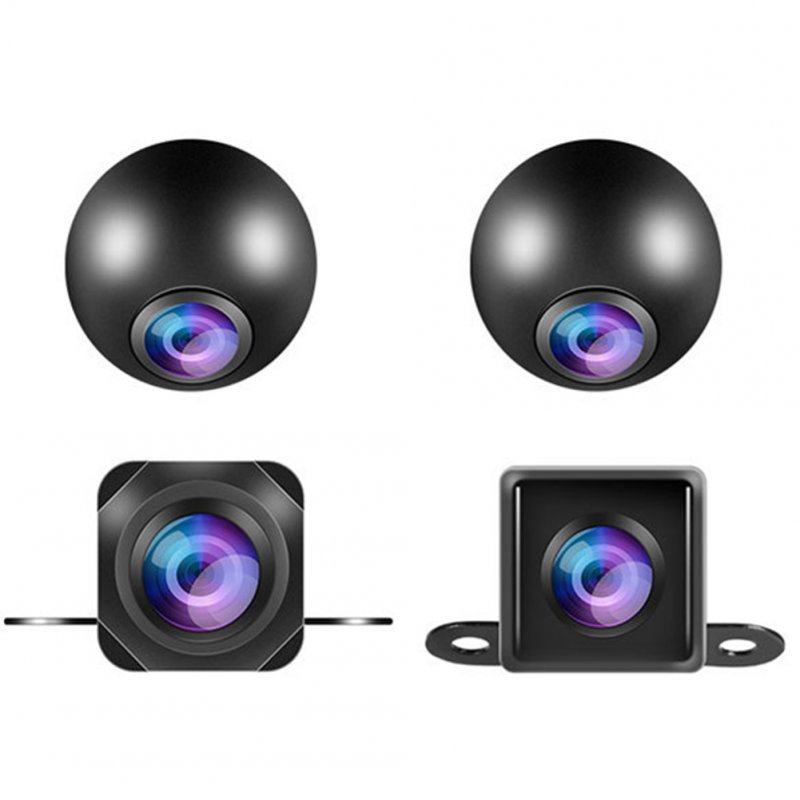
- Camera Lens – Captures video footage, often with wide-angle recording.
- Power Cable – Connects the dash cam to the car’s electrical system.
- Storage System – Saves recordings to SD cards or external hard drives.
- Processor & Sensors – Manage video recording, motion detection, and G-sensor impact detection.
- Display Screen (Optional) – Allows viewing footage on the camera itself.
Advantages and Disadvantages of Wired Dash Cam
Advantages of Wired Dash Cam
✔Uninterrupted Power – No battery concerns; continuously operates as long as the car is on.
✔ Better Video Quality – Supports 1080p to 4K resolution with superior night vision.
✔ Parking Mode Support – Provides 24/7 surveillance when hardwired.
✔ More Reliable Performance – No Wi-Fi or Bluetooth connection issues.
✔ Advanced Features – Many wired dash cams include GPS tracking, motion sensors, and impact detection.
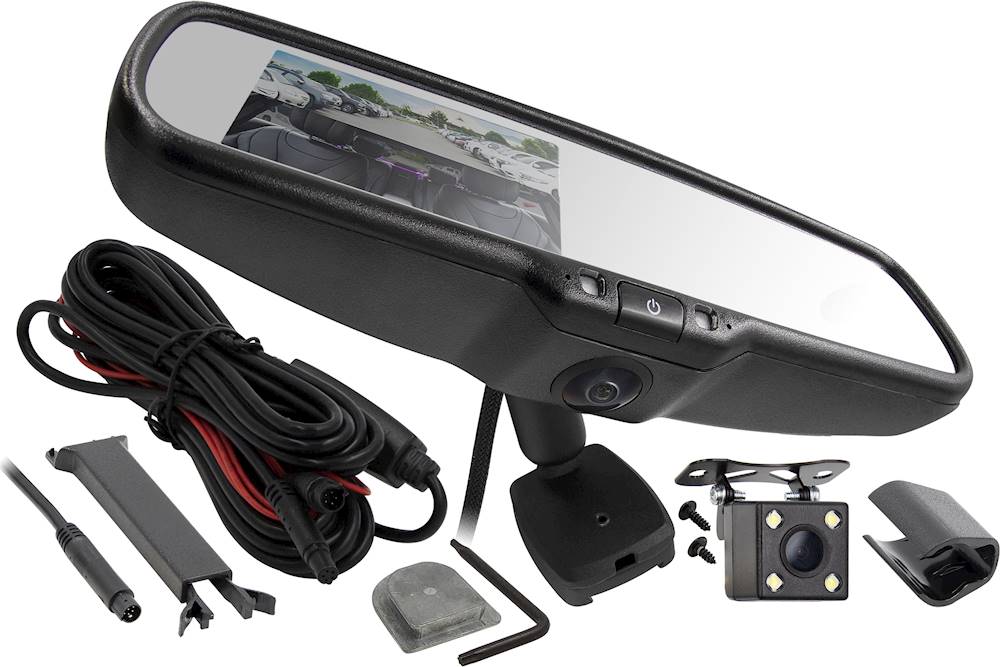
Disadvantages of Wired Dash Cam
✖Complex Installation – Requires professional installation or DIY wiring.
✖ Higher Initial Cost – Installation increases the overall expense.
✖ Not Easily Transferable – Once installed, it is difficult to move between vehicles.
What Is Wireless Dash Cam
A wireless dash camera is a camera used in vehicles to record video and send it using Wi-Fi or Bluetooth. It saves the video on cloud storage or a memory card, so you can view it from your phone or computer. Wireless dash cameras can stream live video and send alerts through apps. They still need power from a cable or a built-in battery. These cameras are easy to use and help keep your vehicle safe by recording everything around it.
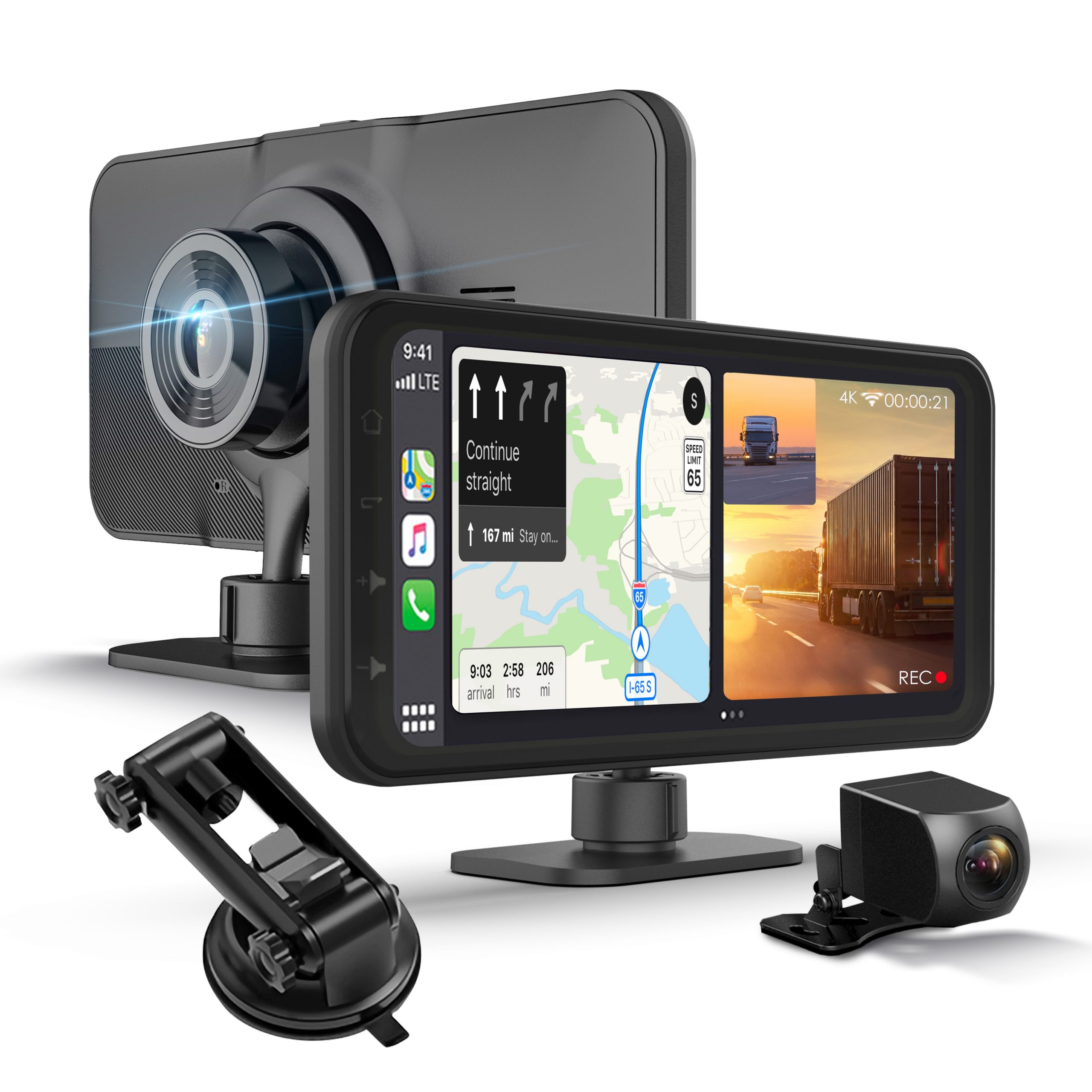
Installation Method Of Wireless Dash Cam
Wireless dash cams do not require permanent wiring. They rely on battery power, plug-in connections, or solar charging. Installation involves mounting the camera and setting up power and storage options.
Mounting Methods
- Adhesive Mounts – Use strong adhesive pads to attach the camera securely to the windshield. Provides a permanent placement with high stability.
- Suction Cup Mounts – Allow the camera to be attached and removed easily. Useful for drivers who frequently change vehicles.
- Magnetic Mounts – Use magnetic plates for quick detachment and repositioning.
Power Source Options
-
Rechargeable Battery
- Operates without a wired connection.
- Requires manual charging every few hours or days, depending on battery capacity.
-
USB or Cigarette Lighter Adapter
- Powers the camera while the car is running.
- Stops recording when the engine is off unless it has a built-in battery backup.
-
Solar Charging (Limited Models)
- Uses integrated solar panels to extend battery life.
- Works best in sunny environments but may be unreliable in low-light conditions.
Storage and Connectivity Setup
- Wi-Fi & Bluetooth – Allows direct connection to a smartphone or tablet.
- Cloud Storage – Automatically uploads recordings to an online server.
- MicroSD Card Storage – Saves videos locally for offline access.
How Wireless Dash Cam Works
Wireless dash cams operate on battery or external power sources, record video, and transmit data via Wi-Fi, Bluetooth, or cloud services.
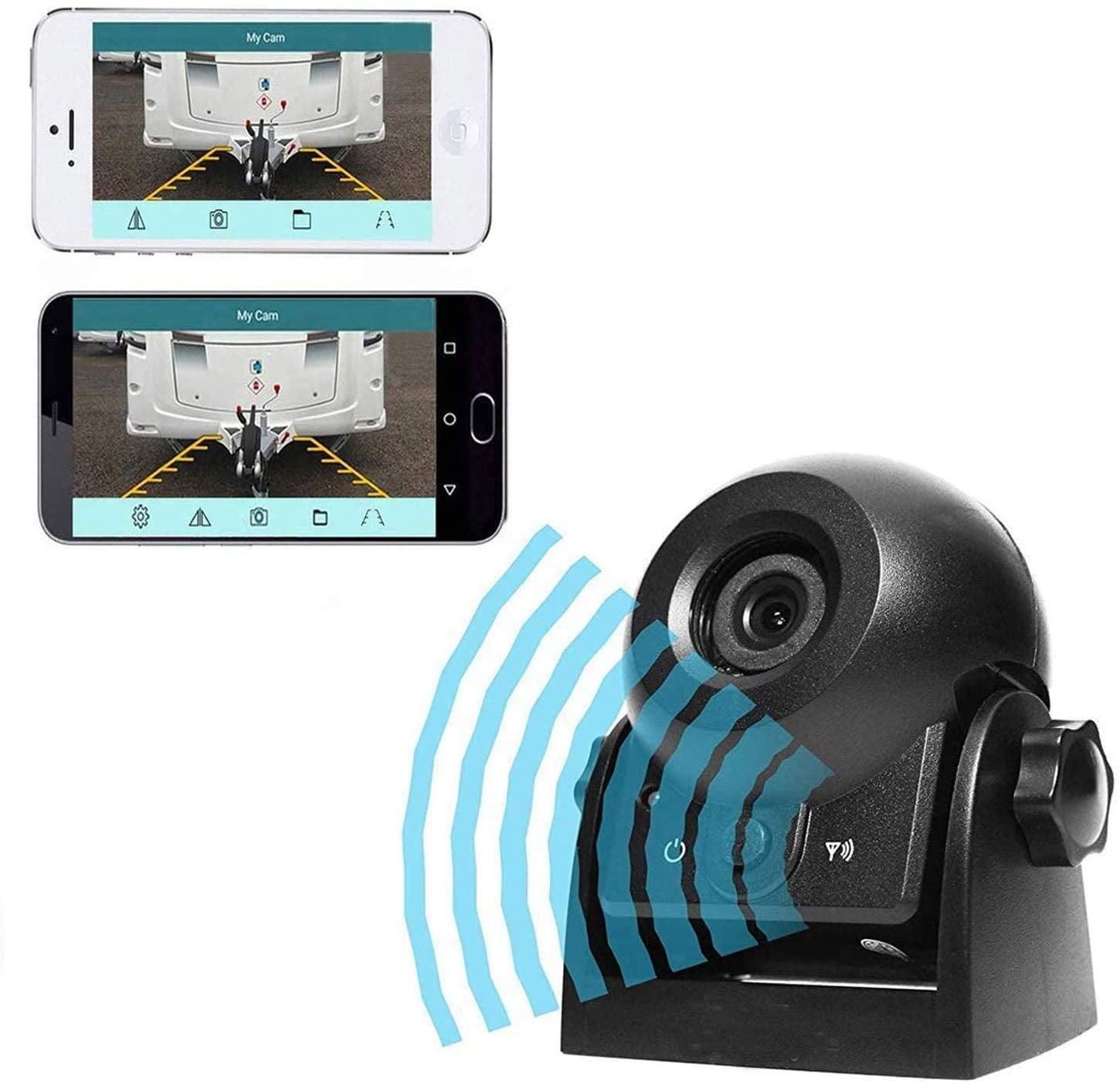
Power Activation
- If battery-powered, the camera is turned on manually or through motion detection.
- If connected to a USB port or cigarette lighter, the camera starts recording when the vehicle is turned on.
Recording Process
-
Loop Recording
- Captures video continuously.
- Old footage is automatically overwritten when storage is full.
-
Impact Detection (G-Sensor)
- Detects sudden movements or crashes and locks the footage to prevent deletion.
- Activates recording if motion is detected near the vehicle.
-
Manual Recording
- Users can manually start a recording via the dash cam interface or a connected smartphone app.
Data Transmission and Storage
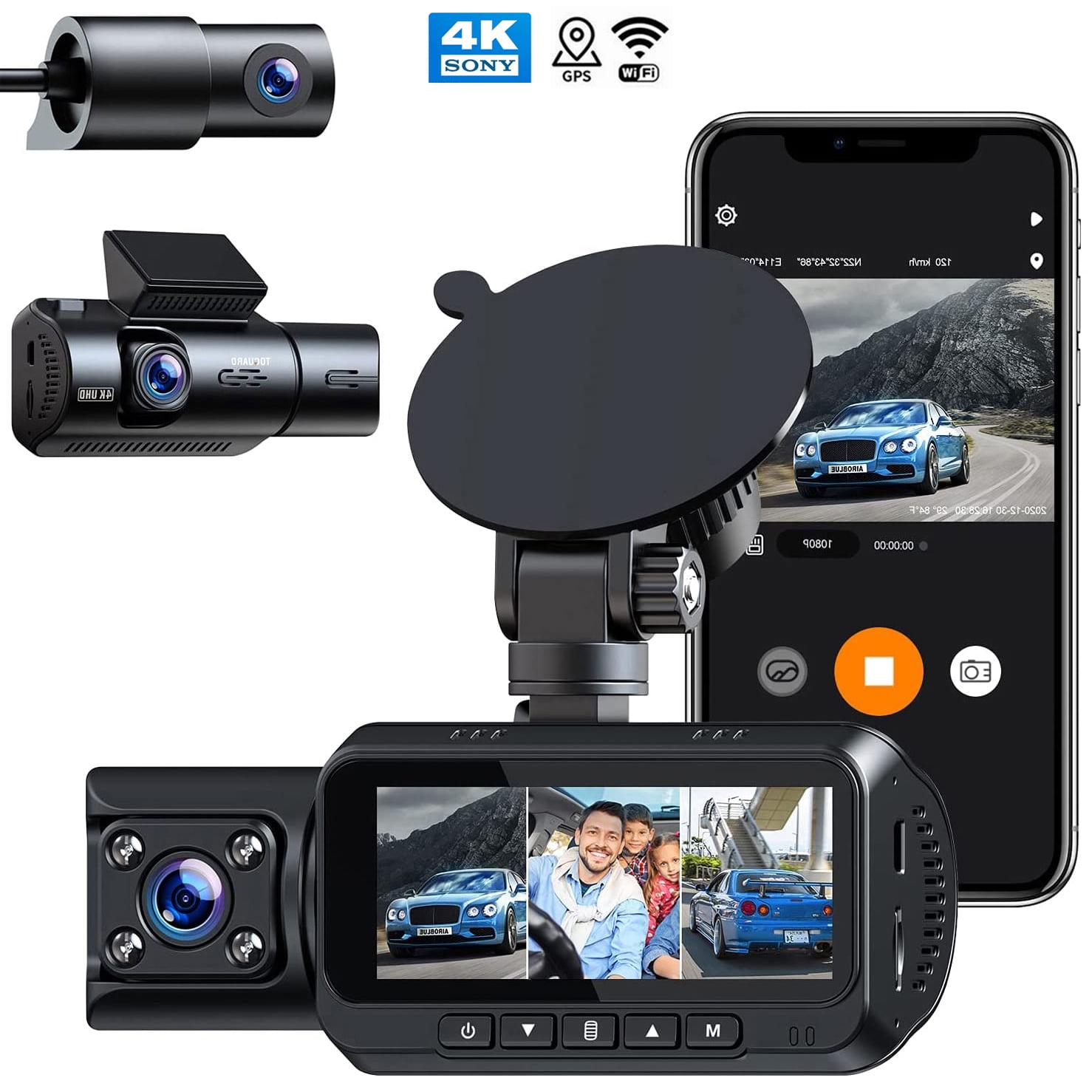
- Wi-Fi/Bluetooth Streaming – Transfers footage to a connected smartphone or tablet.
- Cloud Storage Uploads – Saves videos remotely for access from any location.
- SD Card Backup – Ensures local storage if the internet connection is unavailable.
Also Read :- Benefits Of Fleet Dash Cameras
Another thing to consider is potential signal interference. Wireless dashcams rely on wireless connections and are impacted by distance, signal strength, and interference from other devices. It may affect the video quality or reliability of the recorded footage, so choose a reliable wireless dash cam that minimizes signal issues.
Let’s take a deeper look into how wired and wireless dashcams are different.
Advantages And Disadvantages Of Wireless Dash Cam
Storage and Data Management
| Wired Dashcams | Wireless Dashcams |
| Use SD cards or other local storage options to store recorded data. | Rely on cloud storage for data management |
| SD cards are easily accessible and affordable. | Cloud storage allows for remote storage and access to video footage, eliminating the need for physical storage devices. |
| A reliable and secure way to store video footage directly on the dash cam device | Convenient access to footage from anywhere, at any time, using a connected device such as a smartphone or computer. |
| Data is readily available for review or retrieval when needed. | Higher level of data security, as the footage is stored offsite and protected from theft or damage to the dash cam device |
Connectivity and Functionality
We already know that wired dash cams depend on direct connections to the vehicle’s power source, providing a stable power supply for continuous recording. However, they may not offer wireless connectivity options such as Wi-Fi, which limits the ability to remotely access footage or control the dash cam settings.
On the other hand, wireless dash cams often have built-in Wi-Fi connectivity, allowing easy access to recorded footage and settings adjustments through a mobile app. As it allows for remote monitoring and administration of dashcam footage without requiring physical access to the device, this can be a substantial benefit for fleet managers. Additionally, some wireless dash cams include GPS tracking capabilities, which reveal useful information on the position, speed, and previous routes of the vehicle.
Cost and Budget Considerations
| Factors to Consider | Wireless Dash Cams | Wired Dash Cam |
| Initial Cost | Typically more expensive due to added convenience | Less expensive |
| Installation | User-installed, no need for professional installation costs | Requires professional installation, can be expensive |
| Maintenance | Minimal maintenance required, no wiring to worry about | Regular cleaning and occasional replacement of wiring or components |
| Overall Cost | Higher initial cost, but can save money in the long run | Lower initial cost, but may have higher ongoing maintenance costs |
| Suitability | Better suited for those who value convenience and ease of installation | Better suited for those on a budget and who don’t mind ongoing maintenance costs |
| Consideration | Individual needs and budget constraints | Individual needs and budget constraints |
If you’re a fleet manager considering dash cams for your vehicles, there are a few things to keep in mind. The initial cost, installation expenses, ongoing maintenance costs, and overall suitability should be considered when choosing between wireless and wired dash cams. While wireless dash cams might be a bit pricier at first, they could end up saving you money in the long run due to their lower installation and maintenance costs. Ultimately, your decision will depend on your individual needs and budget constraints, so take the time to consider what’s best for you and your fleet.
What Features Does Your Fleet Need in a Dashcam?
Matrack Dash Camera
Matrack Dash Camera offers AI-enabled fleet monitoring with real-time GPS tracking, instant video access, and multi-camera support (up to five cameras) for complete vehicle coverage. It provides lane departure and collision alerts, driver behavior monitoring, and in-cab safety notifications to prevent incidents.
In Conclusion
To sum up, it’s really important to choose the right type of dash cam for your fleet to make sure your drivers are safe, accountable, and efficient. When considering wired and wireless options, it’s good to remember that each one has its pros and cons.
Wired dashcams provide high-quality video footage and are reliable, but they can be a bit tricky to install and may have limited positioning options.
On the other hand, wireless dash cams offer more flexibility in terms of where they can be placed, quick installation, and easy access to footage, but they might have some issues with battery life and signal interference, and there could be ongoing costs for cloud storage.
Ultimately, the decision of which type to go with depends on your specific needs and budget, so it’s important to think about things like data storage, connectivity, functionality, and cost before making your choice.
James Johnson is a former truck driver who now works as a writer, specializing in the trucking industry. With over 15 years of experience on the road, James has a unique perspective on the challenges and opportunities faced by truck drivers and the trucking industry as a whole. His writing focuses on issues such as safety, regulation, and the latest industry trends. His work has been featured in several trucking publications and he has received recognition for his contributions to the industry. In his free time, James still enjoys being around trucks and often attends truck shows and other industry events.


